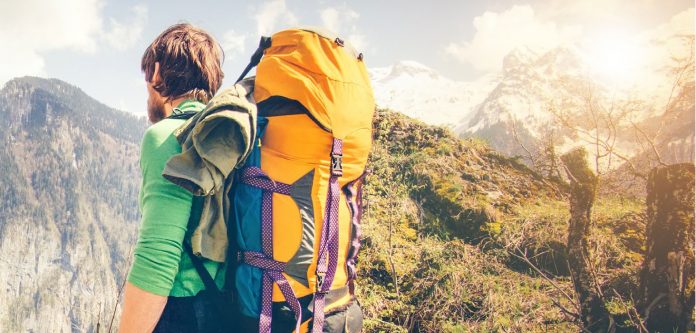By Allyson Hogan
If you’re looking for a different kind of vacation this year, consider one of the hottest trends: VolunTourism. While the term doesn’t capture the sassiness of, say, ”Kimye,“ it does represent the joining of two sectors: volunteering and tourism. Modeled loosely on the Peace Corps, two significant differences make it über-appealing—you get to pick where you go and how long you’ll stay.
Whether your soft spot is for people or animals, for paving roads or teaching English, voluntourism is a sure bet for the adventure of a lifetime, for a lifetime.
Maybe you’re sensing a little extra compassion after your last visit to the zoo, with cage placards indicating species endangerment. Or maybe you want to take your family someplace that requires more of you than standing in line for a ride. Someplace where you can make a positive, lasting contribution to your surroundings and leave it better than you found it, a feeling that will stay with you much longer than memories of pool cabanas and room service.
There are a host of options and filters available to help you find an appealing voluntourism opportunity. How much time do you want to spend? Most booking companies — and there are several — offer trip durations form a few days to a few months.
What skillsets can you bring, or what interests do you have — teaching? hiking? technology? Do what you love, or try something new. Where would you like to go? Th ere are needs on virtually every continent. Do you prefer a structured itinerary, or is a flexible schedule more your speed? On established websites like goeco.org and projects-abroad.org, you can get trip details from costs to daily schedules to fitness requirements.
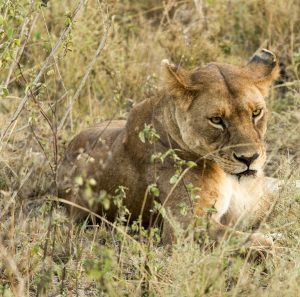 CANGO WILDLIFE RANCH
CANGO WILDLIFE RANCH
SOUTH AFRICA
Nestled in the western cape of South Africa, this privately-owned ranch has become a leading conservator for “big cats.” Home to more than 90 species of animals and reptiles and one of the world’s largest cheetah breeding centers, Cango Wildlife Ranch aims to raise public awareness of local endangered species and their habitats. Responsibilities may include cleaning/repairing exhibit spaces, feeding the animals (not for the squeamish!) and taking notes on the animals’ progress, for research. Given the ranch’s location at the base of the Swartberg Mountains and the sunny, semi-arid climate, there’s plenty to explore during your well-deserved free time!
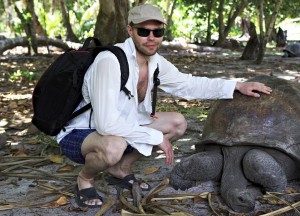 GIANT TORTOISE CENTER
GIANT TORTOISE CENTER
GALÁPAGOS ISLANDS
Home to plant and animal species that live only in these islands off the coast of Ecuador, the Galápagos Islands have long been a hotspot for eco-tourists. One island inhabitant, the Giant Tortoise, measures six feet long and weighs up to 800 pounds (out of the way, Komodo dragons!). Once numbering 250,000, the giant tortoise neared extinction in the 1950’s. Now with conservation efforts well underway, the Giant Tortoise Center seeks to educate visitors about preserving this iconic island native. Service projects include feeding and caring-for the tortoises, cleaning and maintaining their enclosures, and assisting the ranch’s tourists.
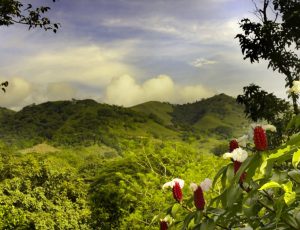 “UNDER 18“ COMMUNITY INVOLVEMENT
“UNDER 18“ COMMUNITY INVOLVEMENT
COSTA RICA
This project is geared toward teens, and includes building schools and engaging local youth in sports activities. Located on Costa Rica’s Pacific shores, the area is ideal for enjoying the Pura Vida culture — relaxed vibes, sandy beaches and diverse wildlife. By teaching teamwork skills and active lifestyles, both the community and the teen service-providers benefit. Th e project’s base camp is dominated by rainforests and palm plantations, with free-time activities like jungle hiking and horseback riding and surfing lessons — gnarly, dude! Variables between adult and teen projects may include levels of supervision and on-site training, lodging options, and the number of hours worked.
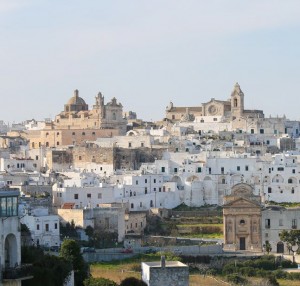 ART RESTORATION
ART RESTORATION
ITALY
Another unique example of voluntourism is a project in Puglia, Italy dedicated to centuries-old art restoration. A private farm is the site for learning decorative art basics, including murals, faux finishes and frescoes, and a typical day may include morning workshops followed by a local excursion for “hands-on” applications. Given the area’s particular history of religious art, this project’s service element is the actual conservation and restoration of paintings and wood/stone artifacts, some of which are still carried in religious processions. An added bonus: food and lodging is also provided at/by the farm!

